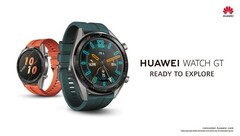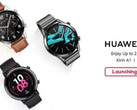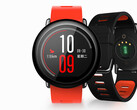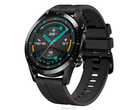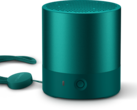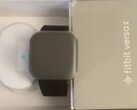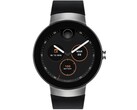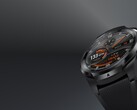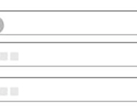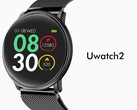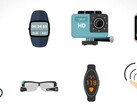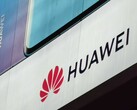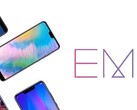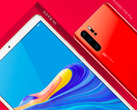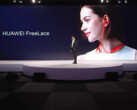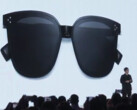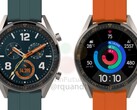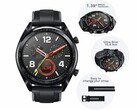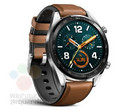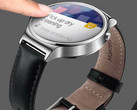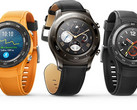Huawei's Consumer Business Group has reported that it has moved over 2 million Watch GT devices since this product's unveiling in October 2018. This wearable is a more sports-oriented smartwatch compared to its predecessors, and runs the OEM's in-house LiteOS as opposed to Google's Wear OS.
This switch may have been a factor in the Watch GT's success: Huawei claims that it, in conjunction with the device's "dual-chipset architecture", optimizes battery life, to the extent that it can achieve as much as 2 weeks' worth of operability per charge (under certain usage conditions). The OEM has also announced that recent market research shows that as many as 81% of consumers bought their Watch GTs on the strength of this ability.
Huawei also now asserts that customers are also most attracted to the GT's Truseen 3.0 heart rate monitor, which can run for 24 hours straight, as well as its Trusleep 2.0 function, which can track, monitor and advise on sleep quality. In addition, the OEM also now reports that it shipped approximately 5 million wearables in total in the first quarter of 2019 (1Q2019). This means that its wearable business in general grew by 282.2% when compared to 1Q2018.




